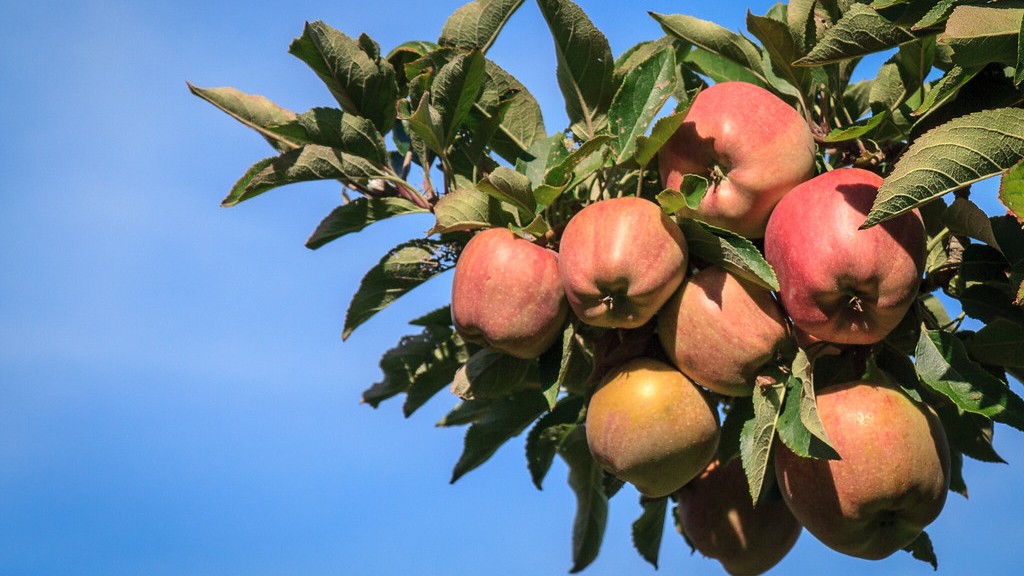Lemon trees offer a bounty of zesty and refreshing fruits, plus a beautiful and fragrant addition to your yard. Knowing where to grow a lemon tree can be the difference between a healthy, productive tree and one that struggles or dies. Before you take on this project, here is what you should know about where to grow a lemon tree.
First, you should look for a spot that gets plenty of sunlight – at least 8 hours per day – during the warm months. If you are able to provide up to 10-12 hours of sunlight, you’ll be rewarded with bigger and juicier lemons. It is important to note that lemon trees don’t thrive in full shade, so it is best to place them in an area with ample sunlight.
Second, the soil should also be considered when selecting a spot for a lemon tree. For growing lemons, it’s ideal to have well-draining soil. Soil that retains too much water will lead to root rot and other diseases. The soil should have a pH level between 6.0 and 7.0, so it is not too acidic or too alkaline.
Third, lemon trees do best in temperatures above freezing. In cooler climates, it is best to grow the trees in a pot or container that can be brought indoors during the winter months. It is also possible to grow lemon trees in greenhouses during cooler seasons. Planting the trees in such locations can act as a good precaution against unexpected frosts and cold spells.
Fourth, keep in mind that lemon trees need to be fertilized periodically to keep them healthy. Adding organic compost to the soil will help to feed the trees and keep their root systems robust. The trees should also get regular water, about two to three times a week, however excessive water can cause the roots to become waterlogged.
Finally, pay attention to your local climate and pick the right lemon tree. There are several varieties of lemon to choose from, including Meyer lemon, Eureka lemon, and Lisbon lemon. Most of these varieties are able to tolerate cooler climates, and some are less susceptible to pests. Choose one that will grow best in your area and benefit from the climate.
Where To Plant Lemon Trees
When deciding where to plant a lemon tree, it is best to look for a spot that is consistently warm and gets plenty of sunlight. Lemon trees need at least 8 hours of sunlight per day and should be placed in an area that is protected from strong winds and frost. It is also important to consider the soil type and fertility; sandy soil with good drainage is ideal for growing lemons.
Planting Lemon Trees in Containers
If you live in a cooler climate, then growing a lemon tree in a pot or container is a good option. Planting in a container provides extra insulation that can protect the roots from freezing temperatures. It is best to use a quality potting mix – one that is loose and has good aeration and drainage. Containers should also have enough room to support the roots and ample drainage holes to prevent waterlogging.
Feeding and Watering Lemon Trees
Lemon trees need a steady supply of nutrients to keep them healthy. Fertilizing with a balanced blend of organic fertilizer every two to three months should be sufficient. Make sure to spread the fertilizer around the base of the tree and avoid putting it directly onto the foliage. Additional nutrients can be added to the soil by incorporating organic compost each season, and fertilization can be supplemented with a water-soluble fertilizer.
Lemon trees need a consistent watering schedule. They should be watered two to three times per week, depending on the season and temperature. Keep in mind, however, that too much water will lead to root rot and other diseases. It is best to conserve water by using a soaker hose or drip system, which provide a steady and efficient way of providing lime trees with the moisture they need.
Pruning Lemon Trees
Pruning lemon trees helps to ensure that they produce healthy foliage, vigorous shoots, and plenty of delicious fruit. Pruning is best done in the late winter or early spring when the tree is not actively growing. The branches should be pruned to the desired shape and thinned out to remove dead, damaged, or diseased growth. Pruning also helps to open up the tree and allow light into each branch.
Care for Lemon Trees in Winter
For cooler climate lemon trees, extra care is required in preparation for the winter months. Trees can be mulched with straw, leaves, or grass clippings to further protect the roots from freezing temperatures. Trees can also be covered with a tree wrap or frost blanket to help retain heat. In addition, placing a heat lamp a few feet away from the tree can help provide additional warmth and ensure the plants survive the colder months.
Protecting the Fruit of Lemon Trees
After the fruit of a lemon tree has matured and ripened, it is important to take measures in order to protect it from predators. Fruit should be harvested before it is fully ripe as birds and other animals are attracted to ripened or fallen fruit. Additionally, covering the trees with netting or fencing can prevent birds from stealing the fruit. Both of these methods can help make sure your lemons make it from the tree to your kitchen.



